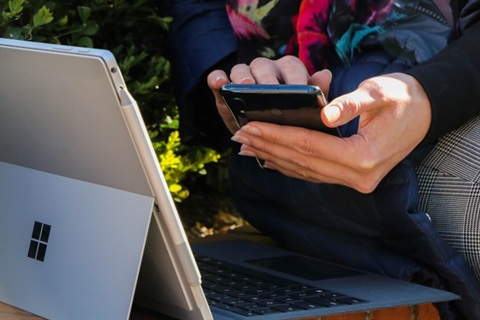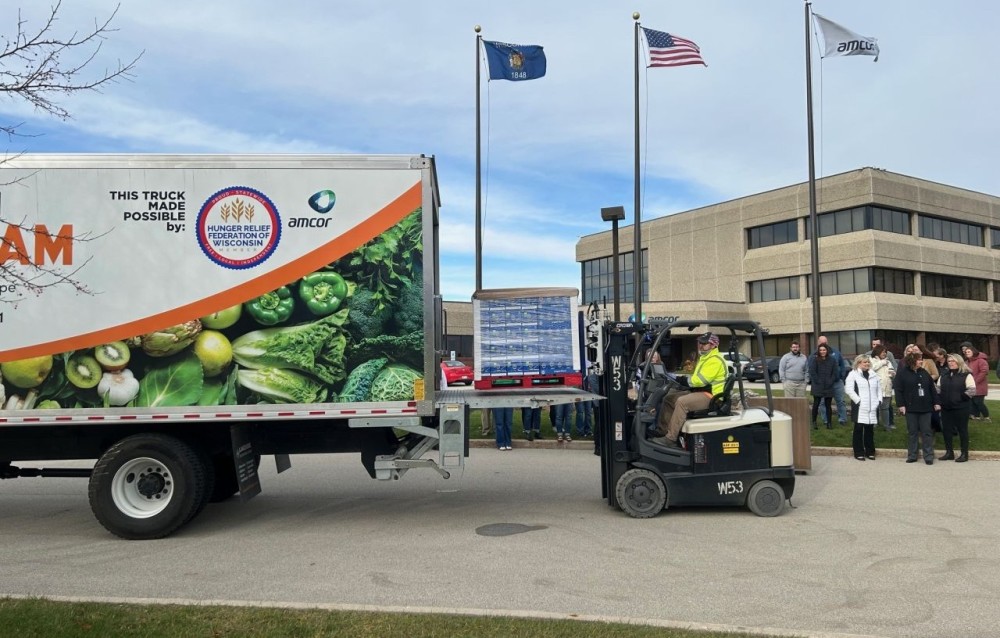
Drones that warn of approaching bushfires, automated language translators to assist international visitors, and driverless public transport networks are part of a vision to make Hobart one of Australia’s most connected cities.
The City of Hobart’s Connected Hobart Framework and associated action plan will guide the implementation of smart technologies and initiatives in the city across the next decade.
“We are working to position Hobart as Australia’s most economically, socially and environmentally connected community by 2030,” Lord Mayor Anna Reynolds said.
“Hobart is a place where new technologies have been invented and embraced for generations – Tasmania’s first people have been designing and using technology for more than 40 000 years – and innovation continues to play an important role.
“Connected Hobart is the City of Hobart’s response to the international Smart Cities agenda. It is the first program of its kind for the city and its Hobart-specific, place-based, people-first approach is unique in Australia.”
The framework contains eight core elements that are vital to successfully creating a Smart City. These include defining the city’s identity, establishing partnerships, identifying the right technologies and responding to challenges.
These elements are further addressed through specific programs and initiatives in the Connected Hobart Smart City Action Plan.
With more than 50 projects outlined, the action plan is separated into current and future projects that fall into one of eight Connected categories.
Key projects include an automated vehicle trial, use of drones and sensors to track weather conditions and environmental threats, development of ethical decision-making principles, and other technologies that could lead to a more convenient, safer and more sustainable city.
“Some projects, such as the installation of smart bin sensors, have already started and are feeding back data that is allowing the City to operate more efficiently,” Director City Innovation Peter Carr said.
“Other initiatives help us to become more connected on a human level.
“For example, use of language translation technology in our tourism sector would help us to provide a more enjoyable experience for those visiting our city from overseas, and could break down communication barriers within our community.
“In contrast, we also believe it’s important to have tech-free zones, where people can escape the pressures of being constantly connected to digital networks and appreciate going offline for a while, particularly while connecting with our natural environment.”
Trial technology-free zones will be free of mobile, Wi-Fi, satellite and Bluetooth signals, allowing people to better connect with nature, cultural experiences, and each other.
The framework and action plan were created with public input via a thorough community consultation program, which including several public forums and an online survey.
Projects will be implemented in stages through future budget allocations, grants and funding through the City Deal agreement.








